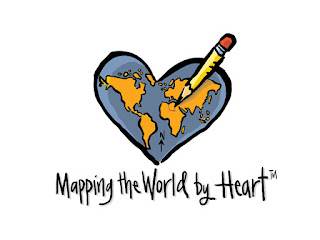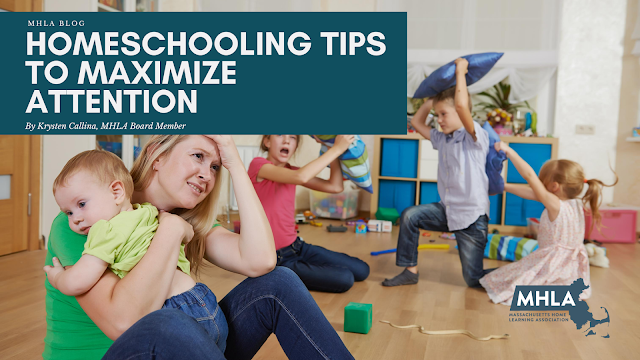Review of "Mapping the World"
Many homeschoolers spend lots of time looking for curricula, lesson plans and innovative family and group projects. We asked board member, Lauren Freed, founder of Cape Cod Home Learners Cooperative to talk about one of her passion projects. Below you will find her review of Mapping the World by Heart, a great example of a unit study, and samples of how she implemented this project with her group.
Mapping the World by Heart is an innovative, geography program that can be used with any age child. The program teaches students the art of memory mapping as a means to visualize places and their geographic relationships.
Teaching this program is fun! One quickly realizes that geography is not just about location although location is the essential center point for all geography programs. In this program location is the intersection of place, movement, culture, environment, history, government, and regional, state, national, international, and world economy.
There is no right or wrong way to teach this program. I found MTWBH to be a guide to how to make order to make sense out of the chaos we are faced with today. This approach to geography will teach students to analyze, problem solve, and make real-world inferences in order to understand how decisions made in the past affect the real-world issues of today.
BY THE END OF THE YEAR STUDENTS WILL BE ABLE TO:
Identify bodies of land and water, continents, countries, and physical features throughout the world.Feel comfortable with any map regardless of differences in scale, symbols, projection, etc.
Be able to use an atlas and globe, understand latitude and longitude, describe locations and features of various places, explain seasons, use correct names for parts of the Earth, understand rotation of the earth/tropics, etc,
Produce from memory a map that shows as much as possible of their understanding of the outlines of all continents plus countries, major cities, larger islands, rivers, and bodies of water.
Understand that there is a relationship of geography to cultures, global issues, and to one’s self.
How much time will it take to teach? This depends on you. I taught this program in a co-op of 18 students ages 7-16. We met once a week for a period of 2 hours. During the week, I urged parents to fit in 15-30 minutes a day for daily practice drawing memory maps and reviewing information presented in class.. I also encouraged students to challenge parents to draw the same memory map as them. Soon, this “friendly” competition highlighted gaps in geographic knowledge—the necessary skills needed to locate what’s happening in our world today in order to make informed interpretations of the present and plan for the future.
Below is a sample of a local, state, country, continent and world outline maps that were used as tools to teach this program. The second samples are maps of the world draw from memory by students who are 7-16 years old. I challenge you to guess the age of the mapmaker. The last map was drawn by a parent.
Lauren Freed, July 27, 2020




Comments
Post a Comment